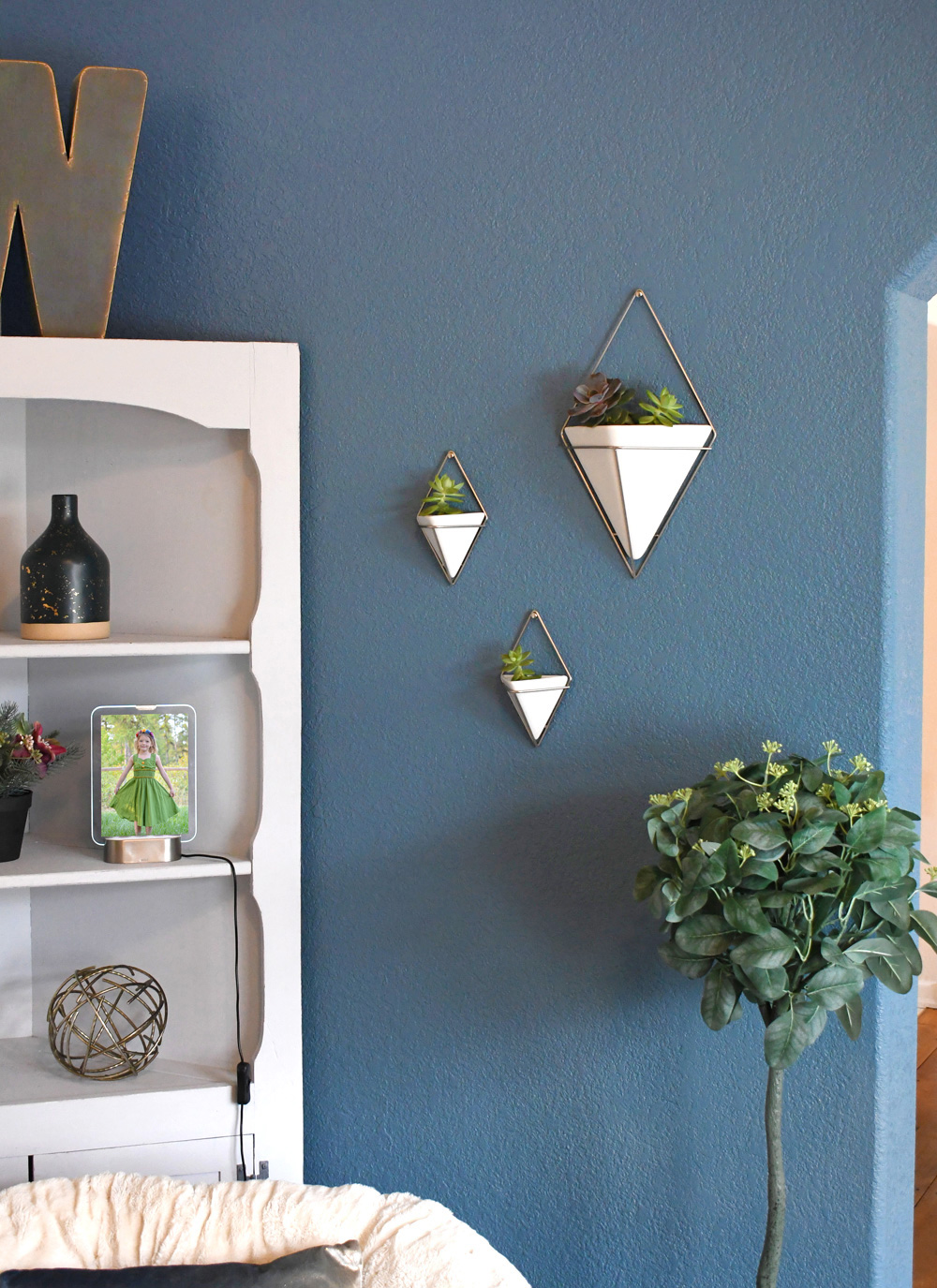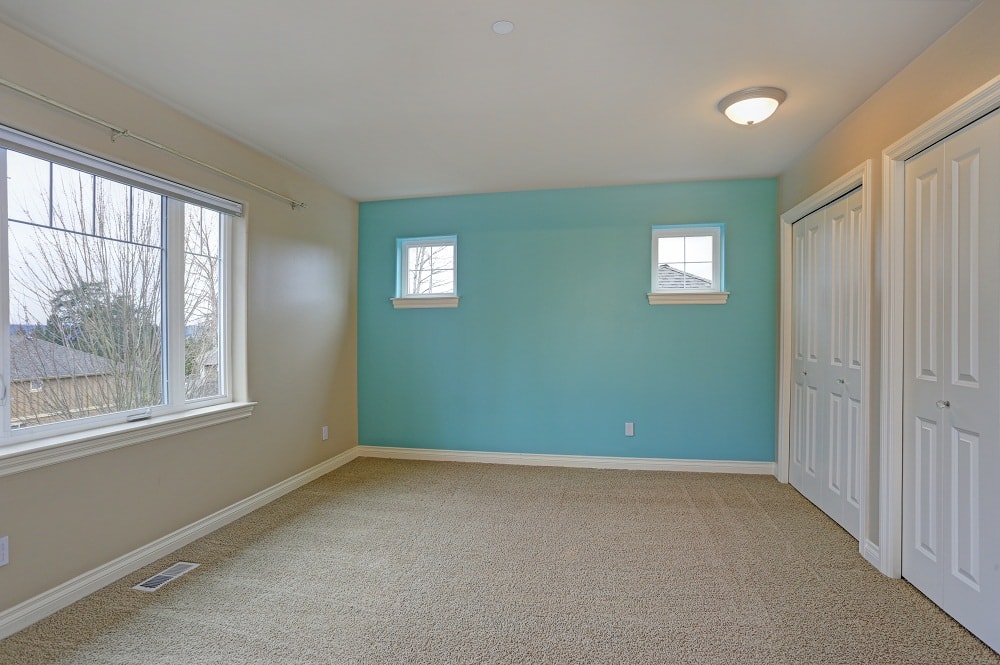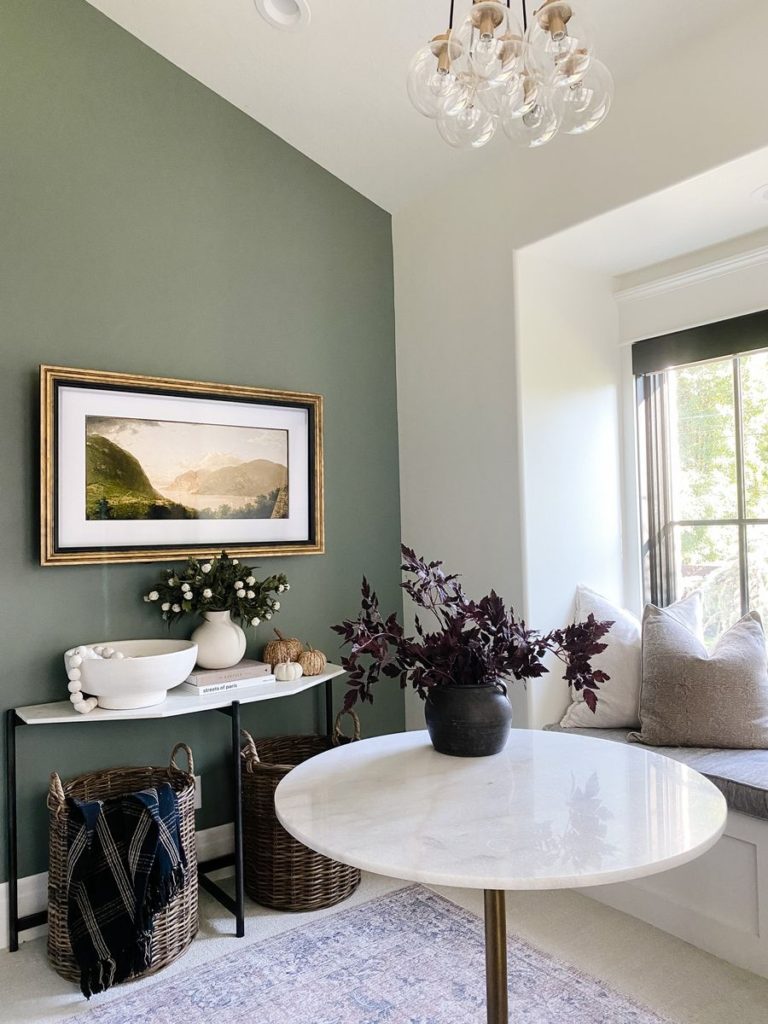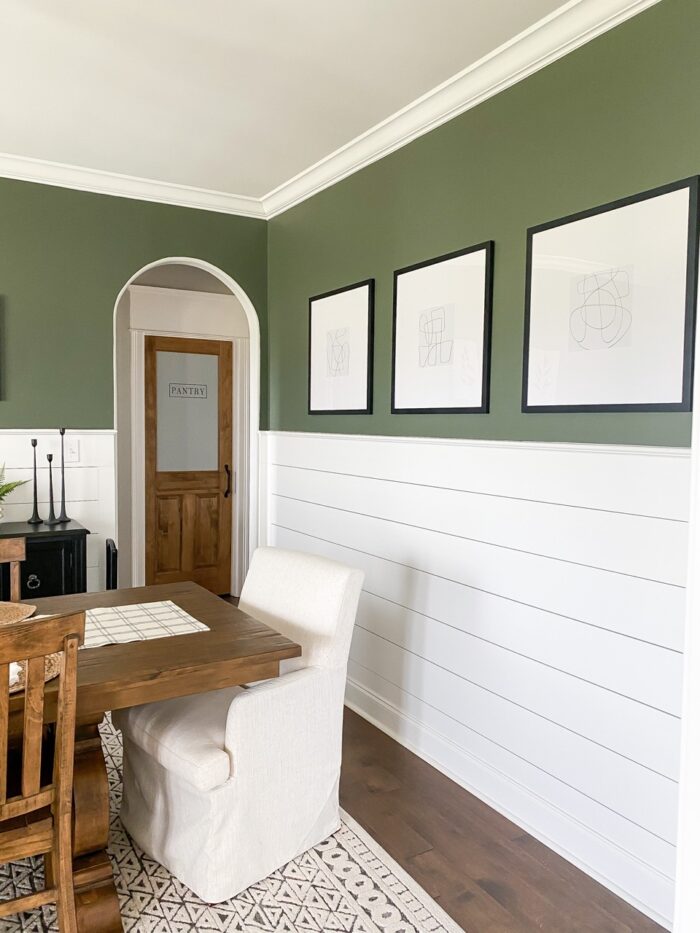How to paint an accent wall? Adding an accent wall to your space is an excellent way to infuse personality, depth, and visual interest into your interior design. Whether you’re looking to create a focal point, highlight architectural features, or simply refresh your décor, painting an accent wall can instantly elevate the ambiance of any room. In this comprehensive guide, we’ll walk you through the step-by-step process of painting an accent wall, from selecting the perfect color to applying the finishing touches. Join us as we embark on a journey to transform your space with a splash of color and creativity.

Planning and Preparation:
Before diving into the painting process, it’s essential to take the time to plan and prepare your space adequately. Start by selecting the wall you want to accentuate, keeping in mind factors such as lighting, furniture placement, and overall aesthetic. Once you’ve chosen the perfect spot, clear the area of any furniture, wall décor, and obstacles to ensure unobstructed access to the accent wall.
Choosing the Right Color:
The key to a successful accent wall lies in selecting the right color that complements your existing décor while making a bold statement. Consider factors such as the room’s color scheme, the mood you want to evoke, and the overall design aesthetic. Bold, contrasting colors can create a dramatic effect, while subtle, tonal hues can lend a sense of sophistication and harmony to the space. Take the time to test paint samples on the wall to see how they look in different lighting conditions before making your final decision.
Gathering Supplies:
Once you’ve chosen your paint color, it’s time to gather the necessary supplies for the painting process. You’ll need high-quality paint in your desired color, painter’s tape, drop cloths or plastic sheeting to protect floors and furniture, paint rollers and brushes, a paint tray, a stir stick, and a ladder or step stool for reaching high areas. Investing in quality supplies will ensure a smoother painting experience and professional-looking results.
Preparing the Wall Surface:
Before painting, it’s crucial to prepare the wall surface to ensure optimal adhesion and a smooth finish. Start by cleaning the wall with a mild detergent solution to remove any dirt, dust, or grease. Next, inspect the wall for any imperfections such as cracks, holes, or bumps, and repair them using spackling compound or joint compound. Once the repairs are dry, sand the surface lightly to smooth out any rough patches, and wipe away any dust with a tack cloth.

Applying Painter’s Tape:
To achieve clean, crisp lines along the edges of your accent wall, apply painter’s tape to the adjacent walls, ceiling, trim, and any other areas you want to protect from paint splatter. Take your time to ensure the tape is applied evenly and securely, pressing down firmly to create a tight seal. Be sure to remove any existing tape or residue from the surface before applying new tape to prevent paint bleed and ensure sharp lines.
Painting the Accent Wall:
With the wall prepped and taped, it’s time to start painting! Begin by cutting in around the edges of the wall using a paintbrush, carefully painting along the taped areas and corners for precision. Once the edges are done, use a paint roller to fill in the rest of the wall paint design, working in small sections from top to bottom. Be sure to apply smooth, even strokes and avoid overloading the roller with paint to prevent drips and streaks. Depending on the paint’s coverage and the desired intensity of the color, you may need to apply multiple coats, allowing each coat to dry completely before applying the next.
Removing Painter’s Tape and Finishing Touches:
After the final coat of paint has dried to the touch, carefully remove the painter’s tape at a 45-degree angle to reveal clean, sharp lines. Take your time and pull the tape slowly to avoid tearing or lifting the paint. Once the tape is removed, step back and admire your handiwork! If desired, you can further enhance the accent wall with decorative touches such as stenciling, decals, or wall art to add depth and visual interest to the space.

Things to note when painting walls
ainting walls is one of the most cost-effective and impactful ways to refresh a room, bring in new energy, or complete an interior design project. However, to achieve a professional-looking finish and ensure the paint job lasts, several key considerations and tips should be kept in mind.
Planning Your Painting Project
Proper planning is the foundation of any successful painting project. Consider the following factors as you plan:
Room Function and Design
Think about the function of the room you are painting. Is it a high-traffic area like a hallway or living room, or a more intimate space like a bedroom? The room’s function will influence the type of paint you choose and the level of durability required. Also, consider the overall design aesthetic. Are you aiming for a bold, modern look or a softer, classic feel? These decisions will guide your color and finish choices.

Color Selection
Choosing the right color is one of the most critical aspects of painting walls. When selecting a color, consider:
- Existing Décor: Look at the colors in your furniture, flooring, and artwork. Ensure the paint complements these elements.
- Natural Light: Observe how much natural light the room receives. Light colors can brighten a dim space, while darker hues can add warmth to a well-lit room.
- Mood and Ambiance: Different colors evoke different emotions. For example, blues and greens can create a calming atmosphere, while reds and oranges add energy and vibrancy.
Test paint samples on the walls to see how they look at different times of the day and under various lighting conditions. This will help you make an informed decision before committing to a color.
Conclusion:
Painting an accent wall is a simple yet effective way to transform the look and feel of any room in your home. By carefully selecting the right color, preparing the wall surface, and executing the painting process with precision and care, you can create a stunning focal point that reflects your unique style and personality. Whether you opt for a bold pop of color or a subtle tonal shift, an accent wall has the power to elevate your interior design and breathe new life into your space. So roll up your sleeves, grab your paintbrush, and let your creativity flow as you embark on the journey to paint your perfect accent wall.

